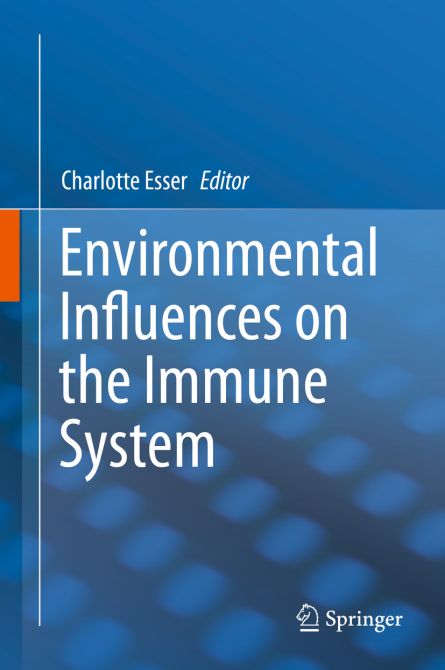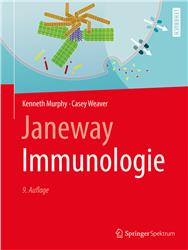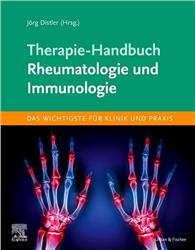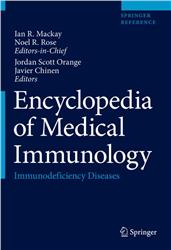Environmental Influences on the Immune System
| Auflage | 2016 |
| Seiten | 378 pp., 24 illus., 26 tab. |
| Verlag | Springer |
| ISBN | 9783709118887 |
| Artikel-Nr. | 596281 |
Lieferzeit ca. 5 Werktage
Produktbeschreibung
This book brings together articles on the overarching theme of how the environment shapes the immune system.
The immune system is commonly assumed to respond to harmful pathogens such as bacteria and viruses. However, harmless bacteria, chemicals, stress, normal food and other factors can also trigger, shape or interfere with the immune system, very often producing adverse effects. Yet, it is also becoming increasingly accepted that some of these interactions are physiological and necessary for a healthy immune system.
Examples of negative effects include the immunosuppressive effects of UV irradiation (mediated by DNA damage and certain cytokines), or the immunotoxic effects of man-made chemicals such as polycyclic aromatic hydrocarbons. Autoimmunity or allergies can be the adverse consequences of interaction between the immune system and these compounds.
A rapidly expanding body of research emphasizes the role of nutrition in maintaining a gut microbiome, which is essential for the immune system. Here, evolution has promoted a balance between immune cells and commensal microorganisms, which 'keep out' the pathogens, and similar findings have been made for the skin. This book describes all these various cases and their corresponding mechanisms. It is intended for immunologists, toxicologists and researchers who want to know how the immune system works and is triggered, as well as for medical doctors in environmental medicine and general practitioners.
The immune system is commonly assumed to respond to harmful pathogens such as bacteria and viruses. However, harmless bacteria, chemicals, stress, normal food and other factors can also trigger, shape or interfere with the immune system, very often producing adverse effects. Yet, it is also becoming increasingly accepted that some of these interactions are physiological and necessary for a healthy immune system.
Examples of negative effects include the immunosuppressive effects of UV irradiation (mediated by DNA damage and certain cytokines), or the immunotoxic effects of man-made chemicals such as polycyclic aromatic hydrocarbons. Autoimmunity or allergies can be the adverse consequences of interaction between the immune system and these compounds.
A rapidly expanding body of research emphasizes the role of nutrition in maintaining a gut microbiome, which is essential for the immune system. Here, evolution has promoted a balance between immune cells and commensal microorganisms, which 'keep out' the pathogens, and similar findings have been made for the skin. This book describes all these various cases and their corresponding mechanisms. It is intended for immunologists, toxicologists and researchers who want to know how the immune system works and is triggered, as well as for medical doctors in environmental medicine and general practitioners.
Fachzeitschriften

Bleiben Sie informiert!
Melden Sie sich für den frohberg.de-Newsletter an und nutzen Sie jetzt Ihre Vorteil:- Willkommens-Dankeschön: Beatmungsmaske Rescue Me
- Aktuelle Neuerscheinungen und Empfehlungen
- Exklusive Angebote und Kongress-Highlights







